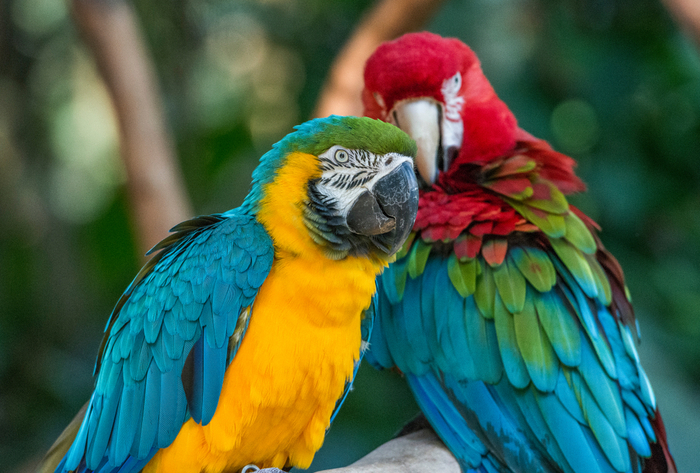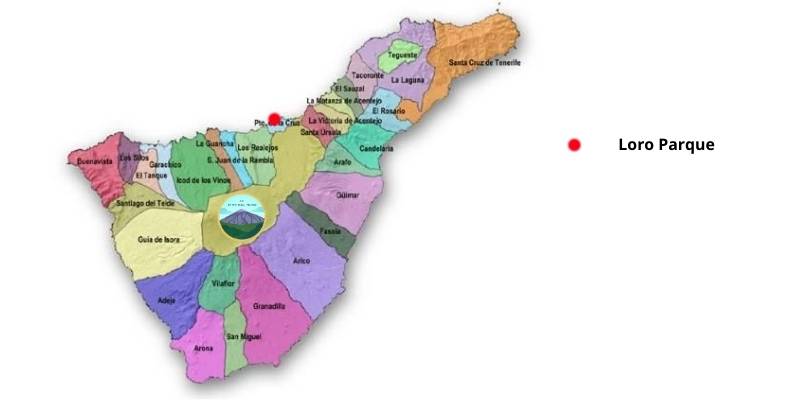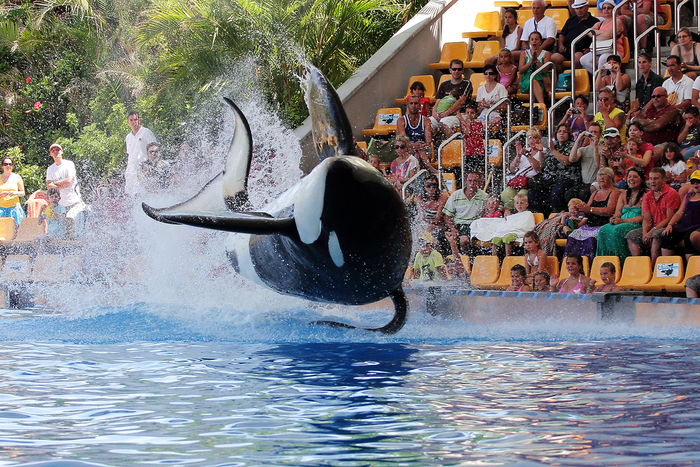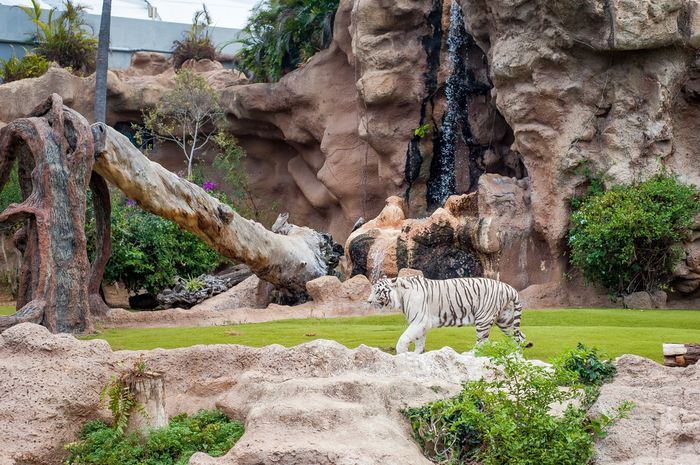Loro Parque
View Contents
ToggleLoro Parque is one of the most famous zoos and animal parks in Europe. Since its opening in 1972, it has evolved from a small paradise for parrots into an impressive biopark that houses a wide variety of animal and plant species from around the world.
This park has gained international recognition for its beauty, its focus on conservation, and its commitment to environmental education.

Disclaimer
‘Loro Parque is a zoo, and as such, the animals inside are deprived of freedom. If you are someone who disagrees with this type of business, we recommend that you do not visit. What we can affirm is that the animals are well cared for and fed, but it is evident that they do not enjoy freedom.
To be honest, we cannot look the other way and say that Loro Parque does not have issues with this aspect. However, it is one of the main attractions on the island of Tenerife, and in our duty to provide information, we cannot fail to mention this place.
We fully understand if you feel uncomfortable seeing animals deprived of their freedom and do not wish to visit these types of places.’
Location
Loro Parque is located in Puerto de la Cruz, in the north of the island.

Origins and History
Loro Parque was founded by Wolfgang Kiessling and started as a sanctuary for parrots, with the idea of conserving these colorful and charismatic birds. Over time, the park expanded to include a wider range of species, transforming into a comprehensive center for conservation and education about global biodiversity. Today, the park spans over 135,000 square meters and is visited by millions of people each year.
The park is home to more than 350 animal species, many of which are involved in breeding programs for endangered species. Among the main attractions of Loro Parque are:
- Planet Penguin: One of the most advanced recreations of Antarctic habitats in the world, home to hundreds of penguins living in an environment that mimics their natural habitat with real snow and controlled temperatures.
- Aquarium: The park’s aquarium offers a fascinating underwater journey through coral reefs and oceanic habitats, highlighted by an underwater tunnel where sharks and other marine species swim over visitors.
- Orchidarium: A spectacle of color and nature, this space is dedicated to orchids, with hundreds of different species, many of which are rare and exotic.
- Katandra Treetops: A free-flight aviary where visitors can walk among a variety of Australian and Asian birds in an environment that mimics a tropical forest.
Conservation and Education

Attractions and Species
Shows
Loro Parque hosts four shows throughout the day, which are repeated at different times. These shows include:
- Dolphins
- Parrots and Macaws
- Orcas
- Sea Lions.
Loro Parque is not only dedicated to the exhibition of animals but is an active center for conservation and education. The park works closely with the Loro Parque Foundation, an entity dedicated to conservation and environmental education projects worldwide. Since its establishment, the foundation has invested millions of euros in conservation programs, protecting critical species and habitats.
One of the foundation’s most notable successes has been its work in parrot conservation, with more than 40 species of psittacines saved from extinction. Additionally, the park actively participates in captive breeding programs that help preserve threatened and endangered species.

Commitment to Animal Welfare
Loro Parque is recognized for its high standard of animal welfare. The park uses cutting-edge technology and employs a team of specialized veterinarians and caretakers to ensure that all animals receive the care and attention they need. The facilities are designed to replicate the natural habitats of the species and provide them with a stimulating and appropriate environment.
Impact and Recognitions
Loro Parque has been awarded numerous prizes for its excellence in tourism, conservation, and animal welfare. Additionally, it has been voted several times as the best zoo in the world by TripAdvisor users, highlighting its focus on the visitor experience and its commitment to conservation.
